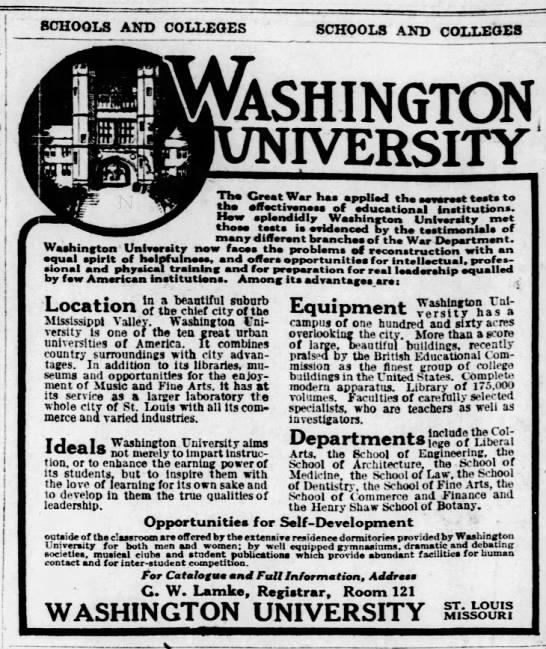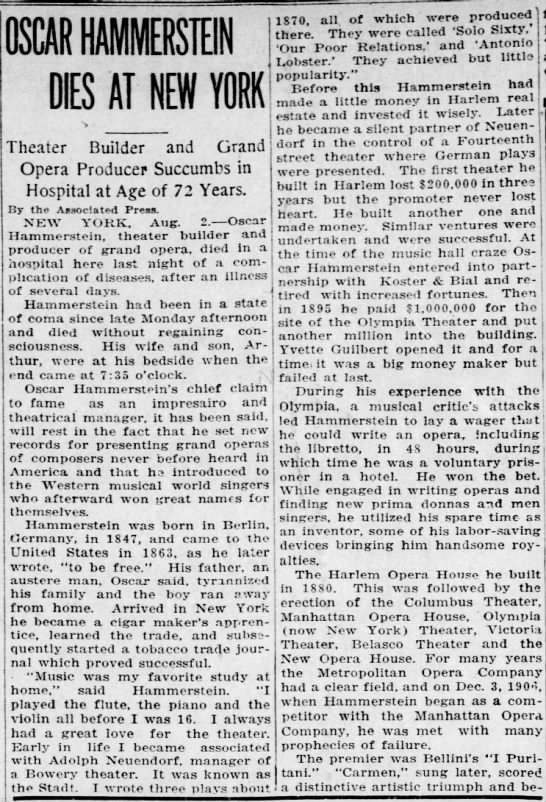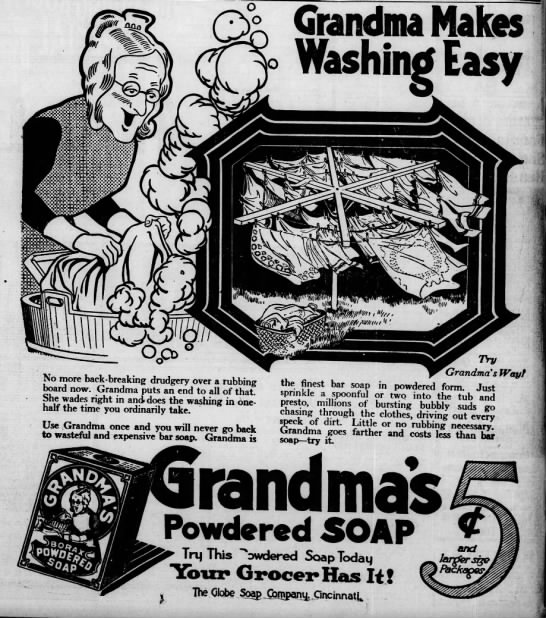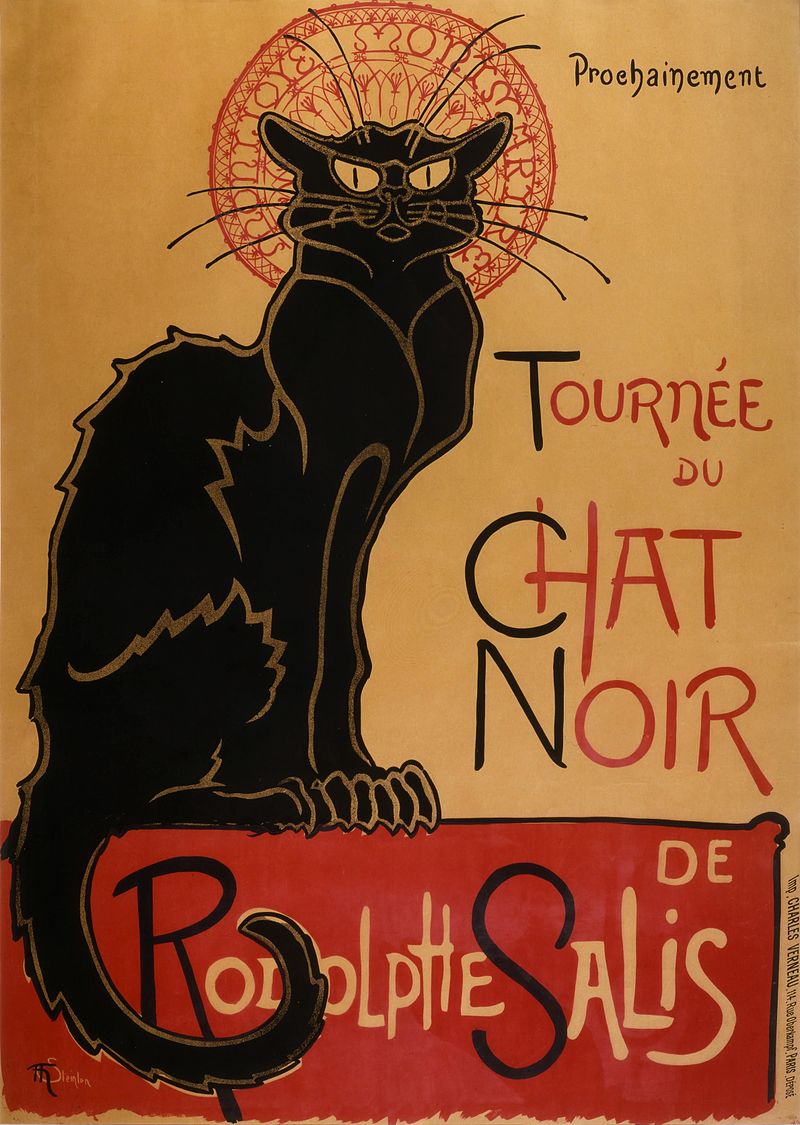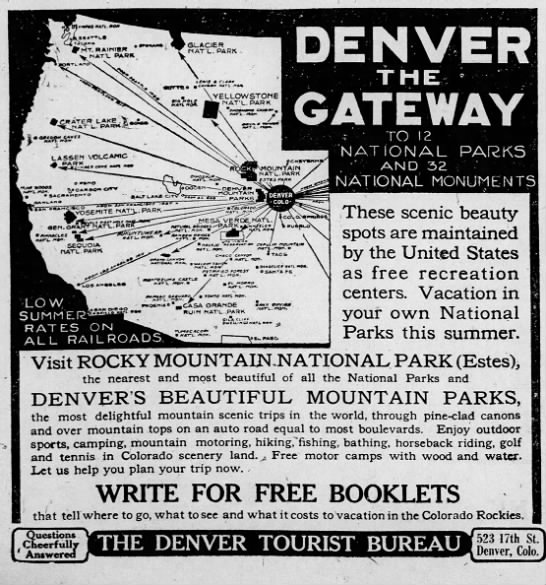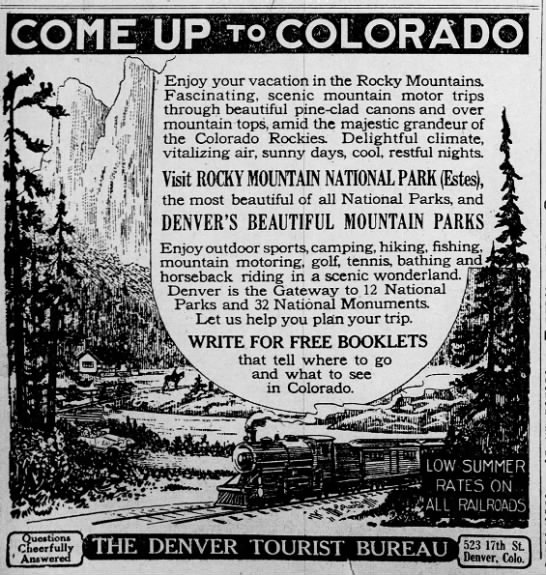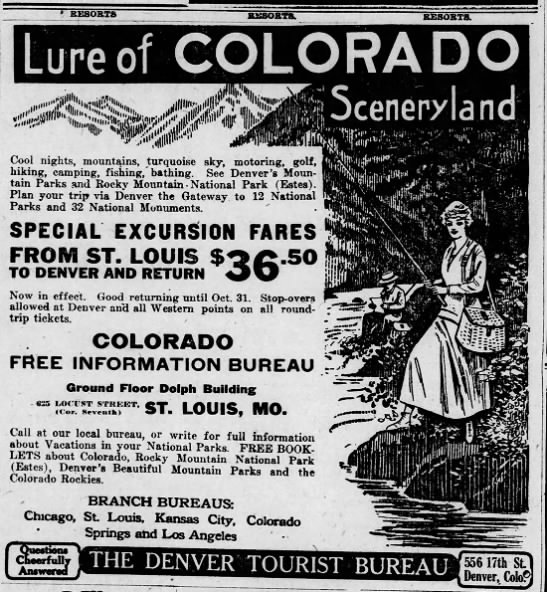You have a choice. We all have a choice. We can give in to the darkness, or we can fight it, and elect to try and make the world a slightly less terrible place than it is. from The Violent Century by Lavie Tidhar
The Violent Century by Lavie Tidhar is one of those out-of-my-genre reads that I indulge in regularly. Tidhar imagines an alternate reality in which humans with special powers--superheroes--are conscripted for use by the Axis and Allies during WWII.
I was not a superhero comic book reader as a girl, was mildly interested in the Superman movie and television shows, saw some X-Men and Spiderman movies when my son was growing up. Early, I wasn't really in the flow with the novel. But there came a point in the book when the tide shifted, and instead of reading because I had committed to reading it, I was reading because I was truly intrigued and driven to read.
Tidhar imagines the creation of a machine that transforms humans, giving them superpowers, preventing them from aging but not from being killed. In Britain, The Old Man brought these misfits to a special school. Friendship circles formed. There is Oblivion who can evaporate objects and Fogg who produces a visual shield, and Tank, Mr. Blur, Mrs. Tinkle.
I'm here to take you to a special school. For special people. People like you. Where you will be happy, the Old Man says. from The Violent Century by Lavie Tidhar
During WWII, these Übermenschen were tracked down by spotters working for the Germans and Russians to be used in the war effort. Oblivion and Fogg are sent to 'observe' what is going on in Berlin.
Berlin in '46 was an insane asylum. from The Violent Century by Lavie TidharThey encounter others with superpowers, The Green Gunman, Frogman, Girl Surfer, The Electric Twins, Whirlwind, and Tigerman dressed in a bright costume, the Russians Red Sickle and the wolf man, and others who wreak havoc on behalf of the Nazis, including Schneestrum.
Fogg meets Sommertag--Klara--the daughter of Vomacht who created the transformer device; he realizes her power is unaltered pureness and innocence. Fogg falls under her spell. The novel centers around Fogg being called to account for a series of events after the end of WWII involving Summertag.
The history and atrocities of Nazi Germany and actual events inform the novel. Fogg's and Oblivion's school friend Tank is captured and used in Mengele's experiments at Auschwitz. Nazi scientists are repatriated to the United States, and war criminals tried and justice meted out.
The story leaps back and forth in time, revealing the back story of the men's boyhood in 1926 and school days in 1936, the war years, and later 20th c wars and events. Then, it leaps into the future, to the Berlin Wall, Vietnam, Afghanistan, and 9-11.
It is too fantastical, this world, with its marching armies and its rockets and its death camps. It's just the world of a cheap novel, surely. from The Violent Century by Lavie TidharThe superhero myth appeals in times of crisis; the first superhero comics came onto the scene in 1938. Hitler banned American comic books; he thought the heroes were Jewish. Superman's creators were Jewish. Superhero movies took off after 9-11, a time when America again needed heroes.
Meeting one's hero is always such a disappointment, Schneestrum says. from The Violent Century by Lavie Tidhar
And throughout the book, the questions are raised. What makes a man? What makes a hero?
We expect a hero to rescue us. In real life, sometimes no one comes.
The publisher gave me access to a free ebook through NetGalley in exchange for a fair and unbiased review.
I previously reviewed Tidhar's sci-fi novel Central Station, my review found here, and alternate reality sci-fi novel Unholy Land, my review found here.
from the publisher:
A bold experiment has mutated a small fraction of humanity. Nations race to harness the gifted, putting them to increasingly dark ends. At the dawn of global war, flashy American superheroes square off against sinister Germans and dissolute Russians. Increasingly depraved scientists conduct despicable research in the name of victory
British agents Fogg and Oblivion, recalled to the Retirement Bureau, have kept a treacherous secret for over forty years. But all heroes must choose when to join the fray, and to whom their allegiance is owed—even for just one perfect summer’s day.
From the World Fantasy and Campbell award-winning author of Central Station comes a sweeping novel of history, adventure, and what it means to be a hero.
The Violent Century
by Lavie Tidhar
Tachyon Publications
Pub Date 02 Aug 2019
ISBN 9781616963163
PRICE $25.50 (CAD)



